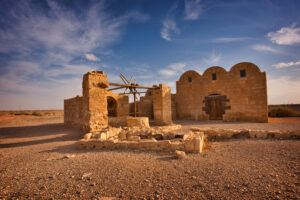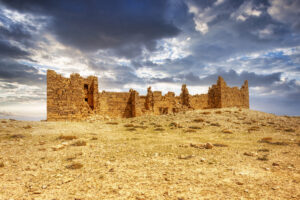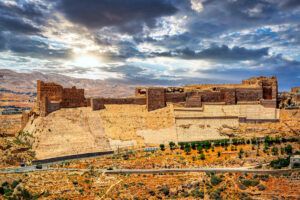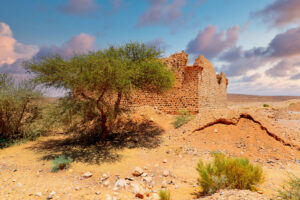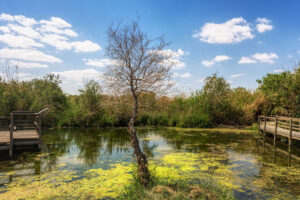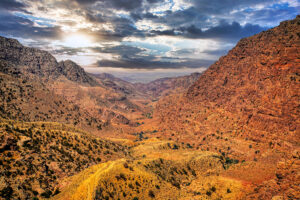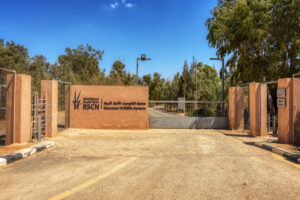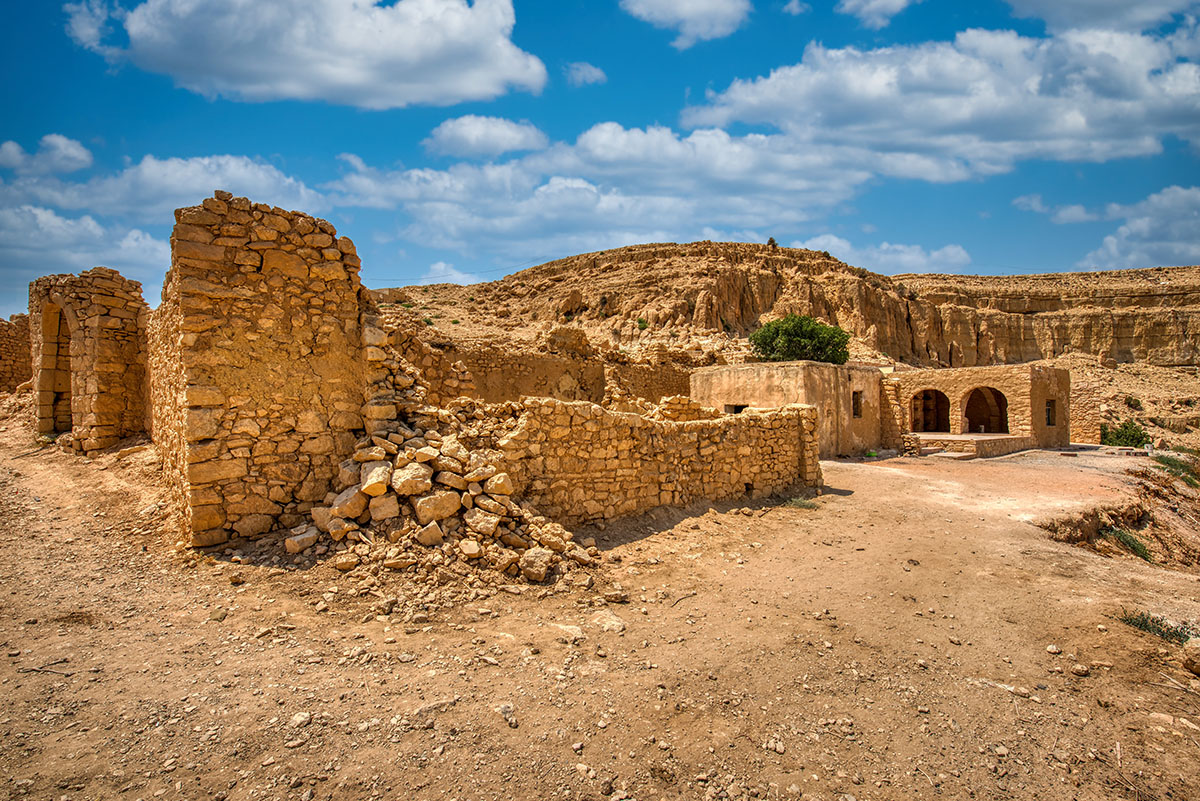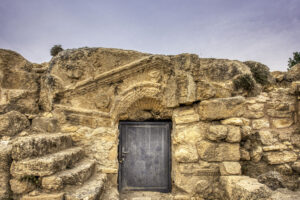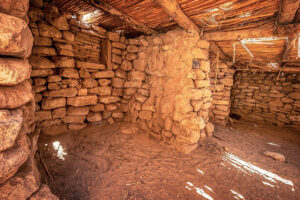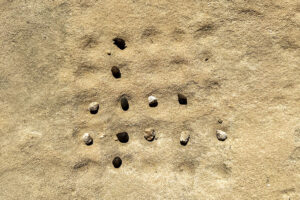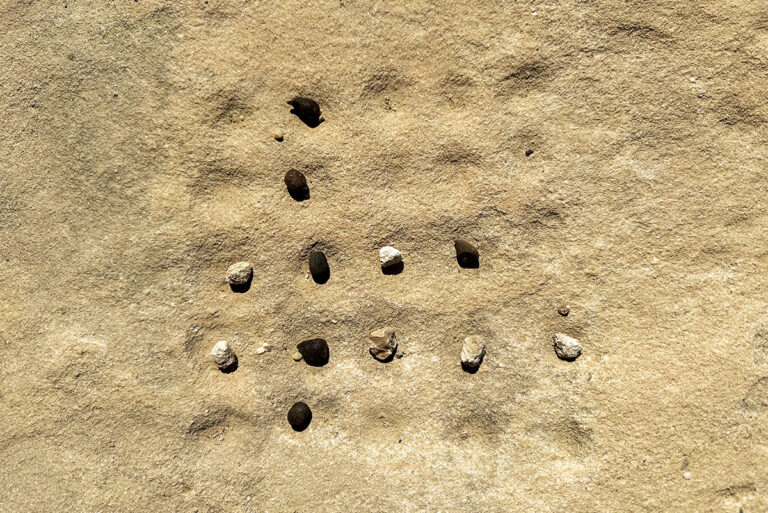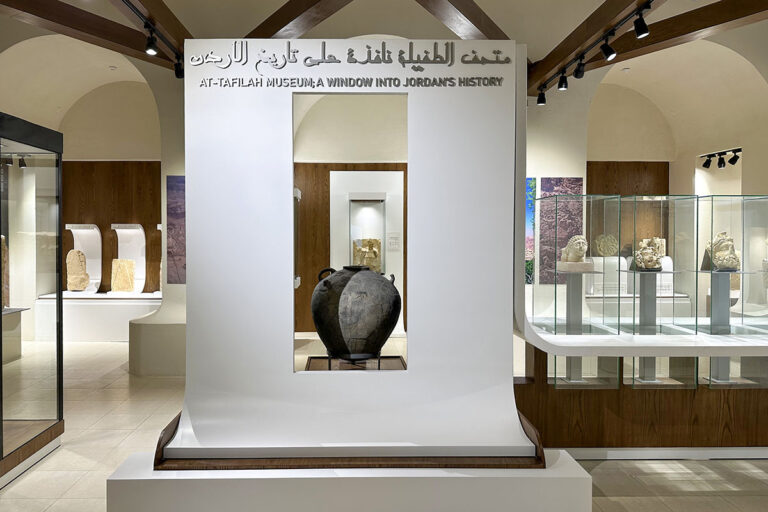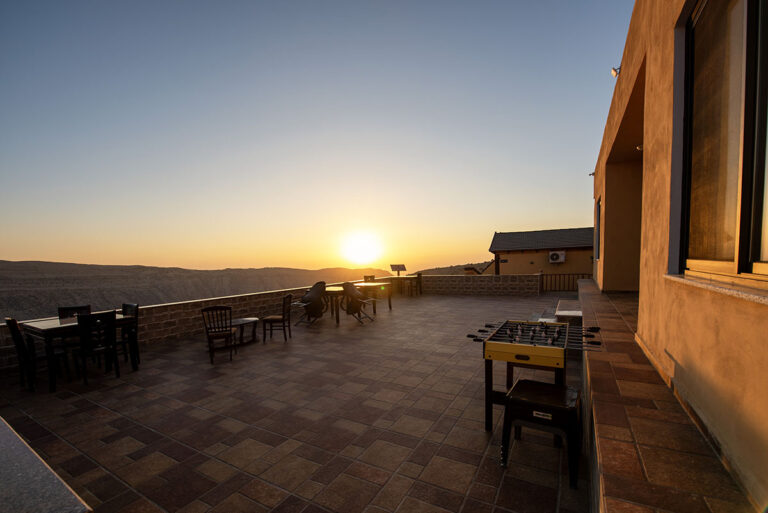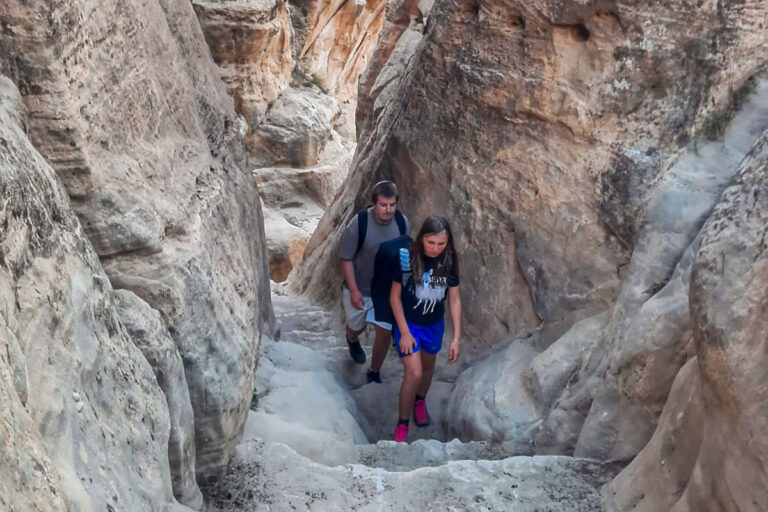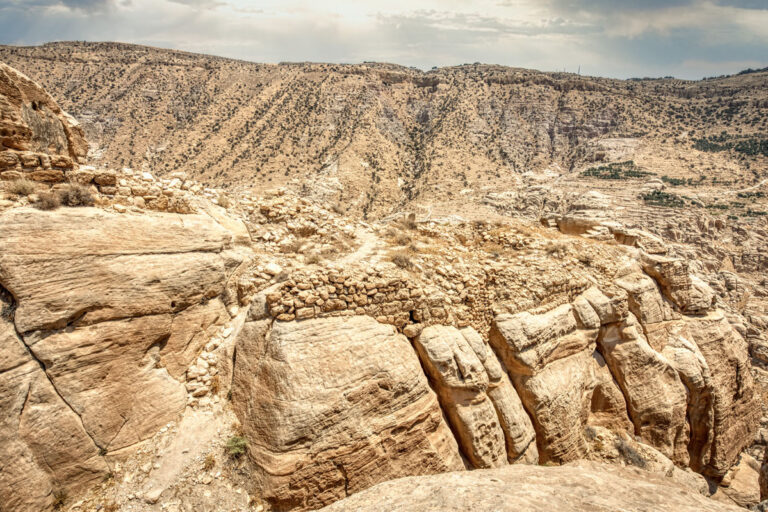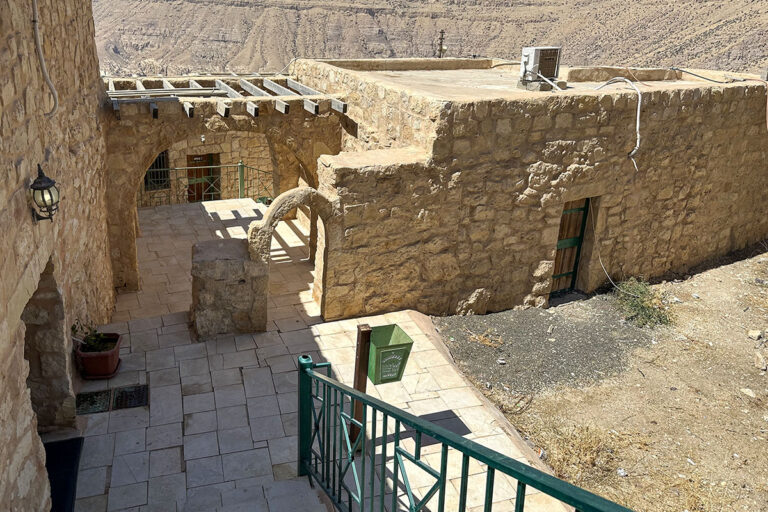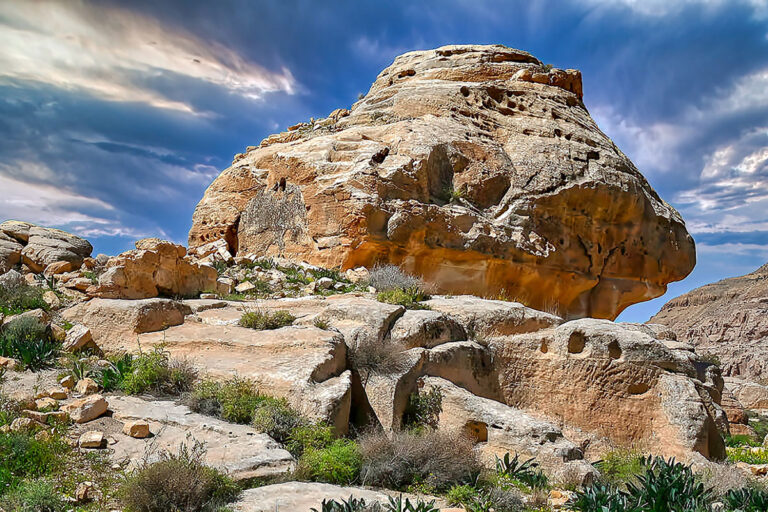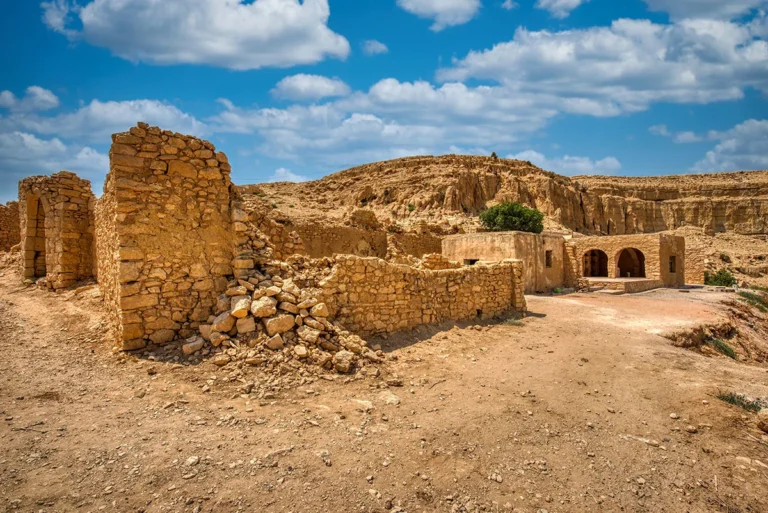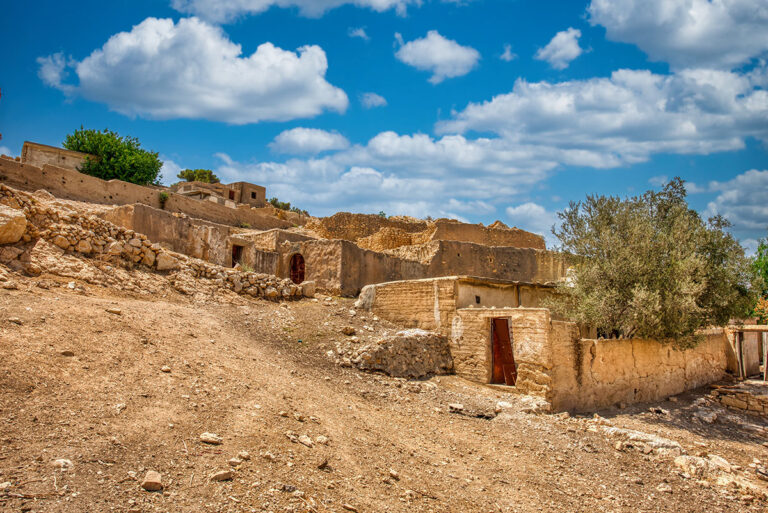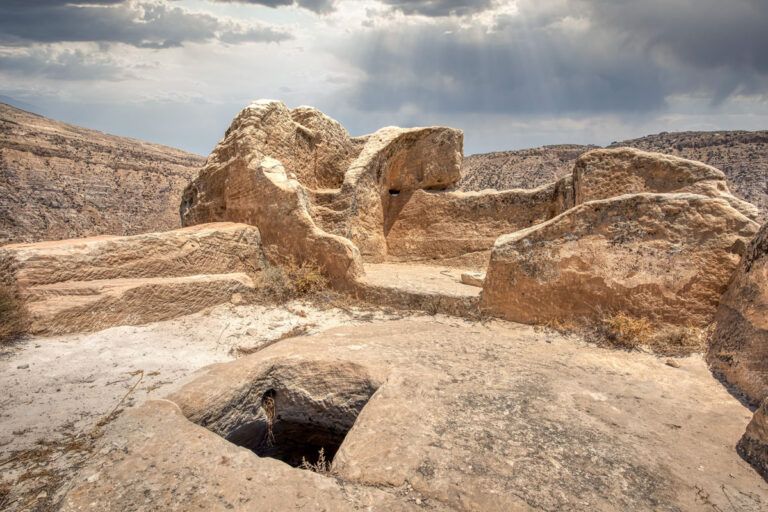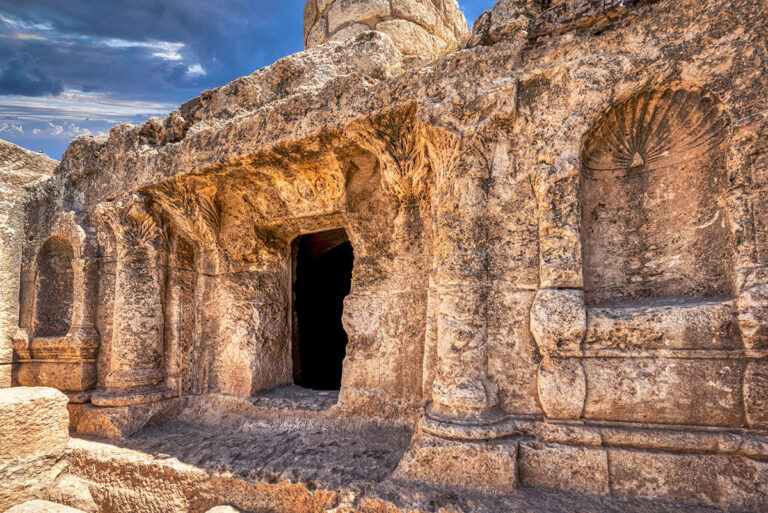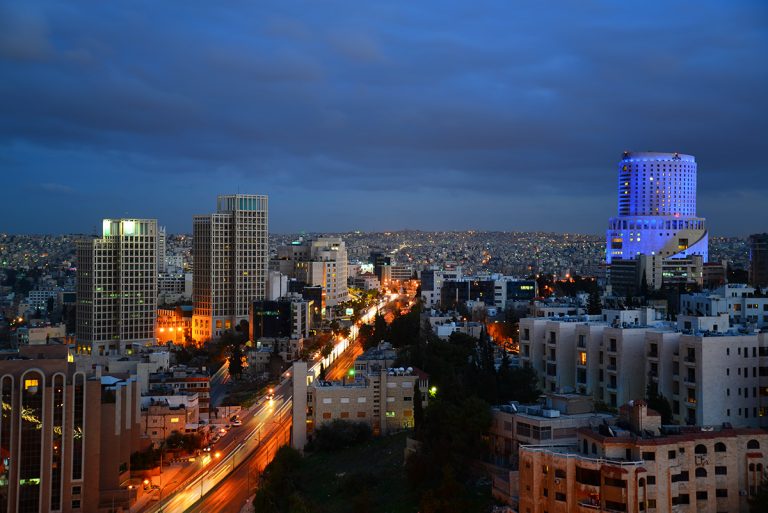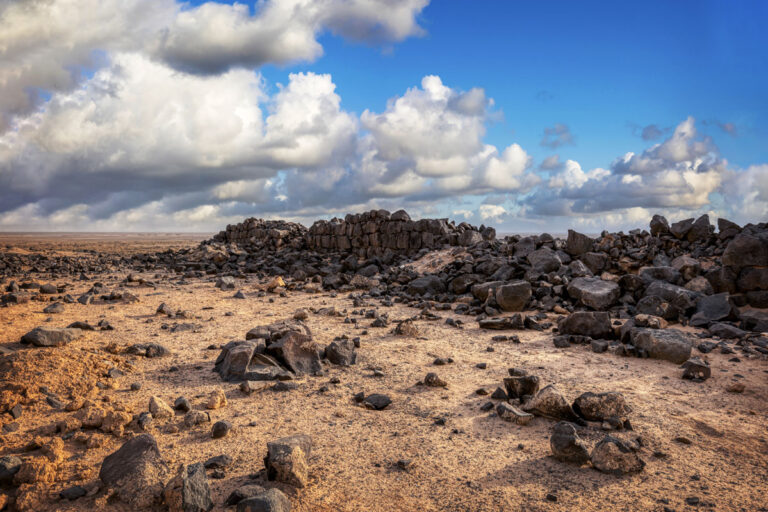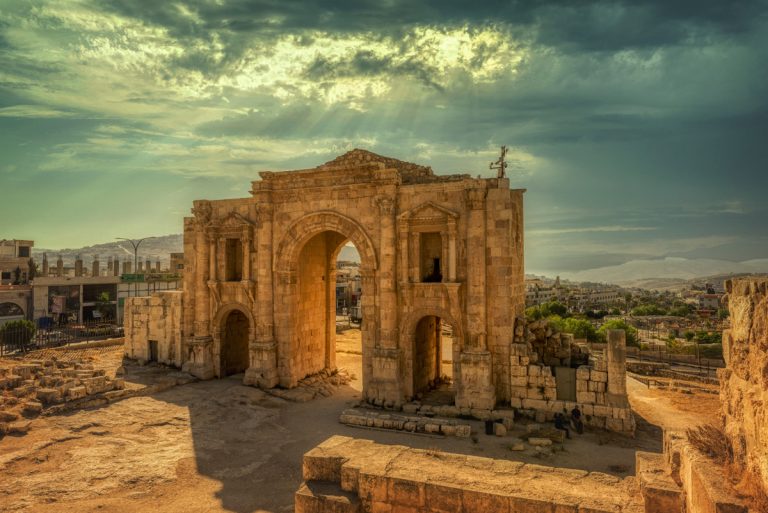Nestled in the southern Tafila region, Al-Matan is a historic village with Jordan’s rich cultural and historical tapestry. This abandoned Ottoman-era village offers travellers a chance to step back in time, explore stunning landscapes, and experience authentic heritage. Here’s everything you need to know to plan your visit.
A Glimpse into History
Al-Matan dates back to the Ottoman period and was once a vibrant agricultural community. Built with mud and stone, it served as a central hub for farming and trade in the region. Unfortunately, a severe drought forced residents to leave, rendering the village abandoned for decades. Recent efforts, including restoration projects and the construction of a visitor centre, aim to revive the site’s significance and attract tourism.
The village is also an important stop along the Abraham Path, a long-distance hiking trail that runs through several Middle Eastern countries, giving it a unique cross-cultural legacy.
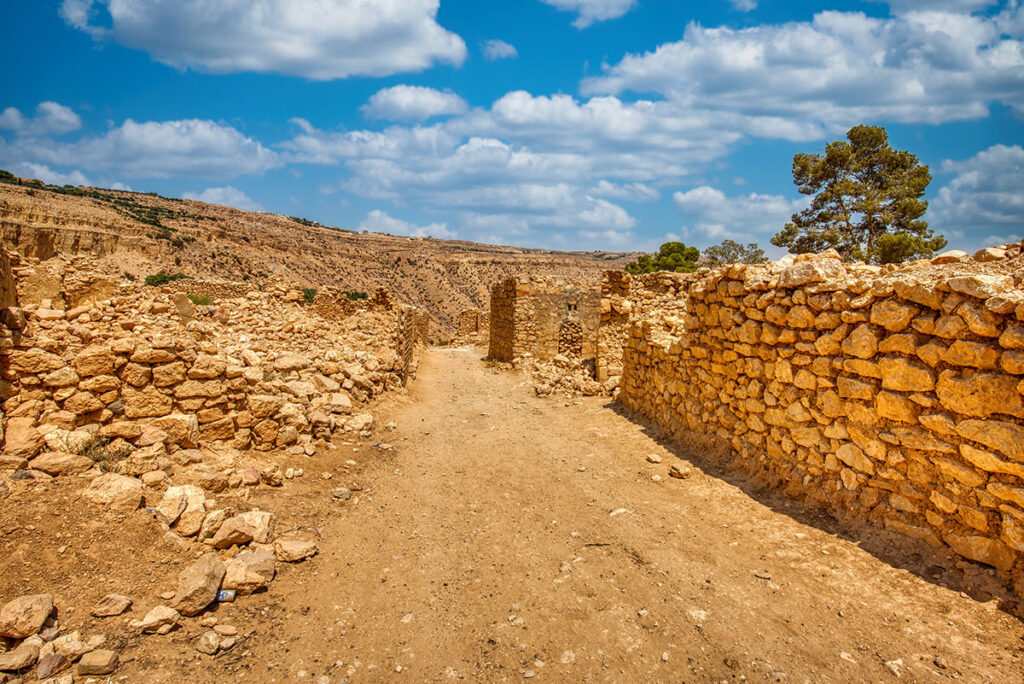
What to See and Do
Explore Ottoman-Era Architecture
Wander through the ruins of Al-Matan and discover its traditional stone houses, stables, narrow lanes, and ancient warehouses. The village’s architectural style reflects its agricultural past, offering an intimate view of how residents once lived and worked.
Capture Scenic Views
Perched on a mountainside, Al-Matan provides panoramic vistas of dramatic hills and valleys. The picturesque natural backdrop is perfect for photography, particularly during sunrise or sunset when the light casts beautiful hues over the ruins.
Discover the Heritage Trail
Al-Matan sits along a segment of the Abraham Path, which stretches from Turkey to Jordan. Visitors can choose to take a short hike from the village or venture further on this cultural and historical trail that connects diverse communities and landscapes.
Learn About Efforts to Restore the Village
The visitor centre, built by former residents, offers insights into the history of Al-Matan and ongoing restoration initiatives. You can also see the ecolodge, designed to bring sustainable tourism to the region.
Visit Nearby Attractions
- As Sala Village: Another abandoned village nearby with similar architectural beauty and restoration projects.
- Dana Biosphere Reserve: Just a short drive away, this reserve is ideal for hiking, bird-watching, and exploring Jordan’s largest and most diverse natural area.
- Tafila Town: The main urban area in the region, offering restaurants, shops, and glimpses of local Jordanian life.
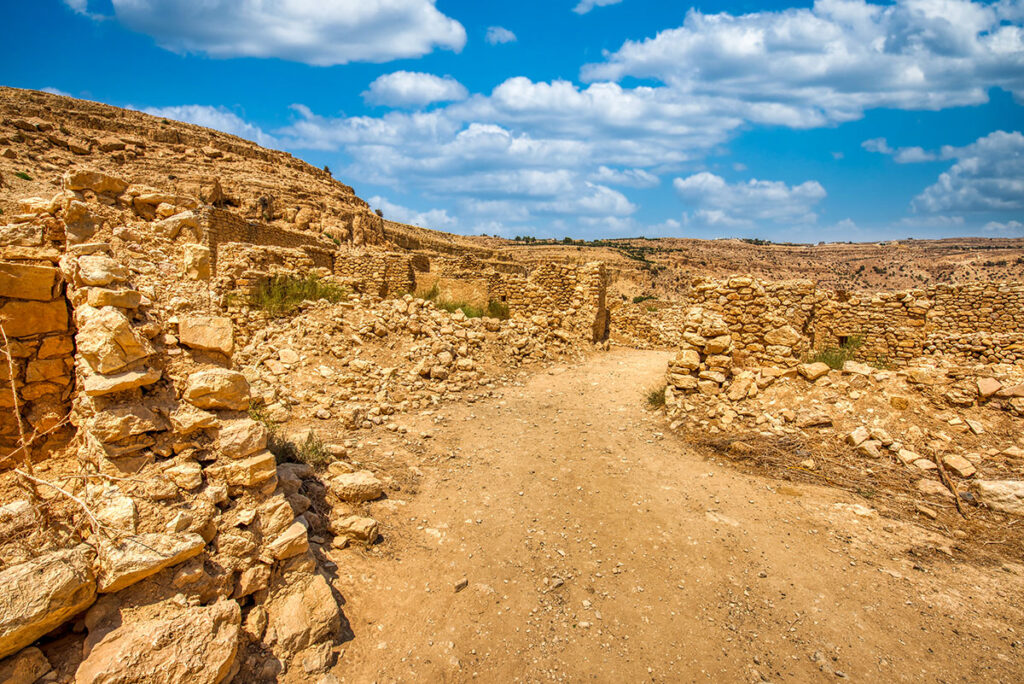
Practical Tips for Visiting Al-Matan
Getting There
Al-Matan lies about 180 kilometres south of Amman. The best way to reach it is by car, though the rural roads can be challenging to navigate. Follow signs from Tafila, and if in doubt, seek directions from locals. Guided tours may also be available for a hassle-free visit.
Best Time to Visit
Spring (March to May) and autumn (September to November) are the best times to visit. The weather is mild, making it easier to explore the ruins and nearby trails.
What to Bring
- Comfortable walking shoes for exploring the rugged terrain.
- Sun protection, including a hat and sunscreen.
- A refillable water bottle to stay hydrated.
- A camera to capture the breathtaking views and historic sights.
Accommodations
While Al-Matan itself offers no overnight accommodations, you can stay in the surrounding area:
- Dana Guesthouses in Dana Biosphere Reserve provide cosy stays with remarkable views.
- Tafila Ecolodge is an excellent option for travellers seeking eco-friendly accommodations.
- Larger cities like Karak also have hotels and guesthouses for more amenities.
Nearby Dining
Pack snacks or a picnic for your visit, as food options in and around Al-Matan are limited. If you venture to Tafila or Dana, treat yourself to traditional Jordanian dishes like mansaf or magloubeh in local restaurants.
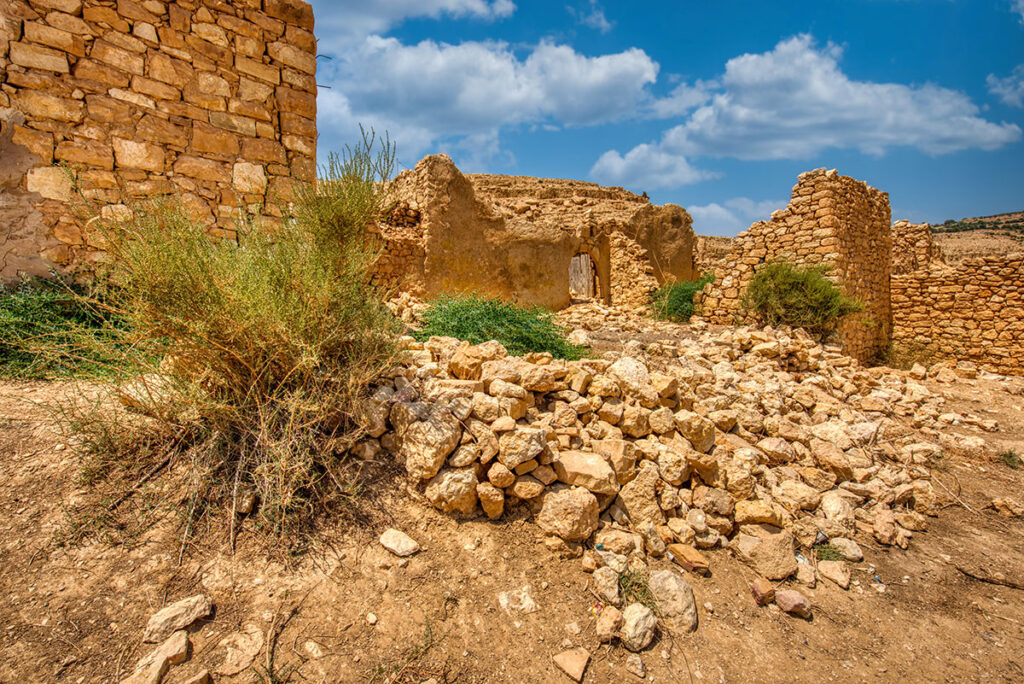
Making the Most of Your Trip
- Pair your visit to Al-Matan with a day of hiking along the Abraham Path or to the top of the Sela archaeological site, or explore the Dana Biosphere Reserve for a mix of cultural and natural experiences.
- Engage with local guides if available to learn more about the village’s history and its role in Ottoman Jordan.
- Be respectful of the site and its surroundings, as restoration efforts are ongoing to preserve this piece of Jordanian heritage.
